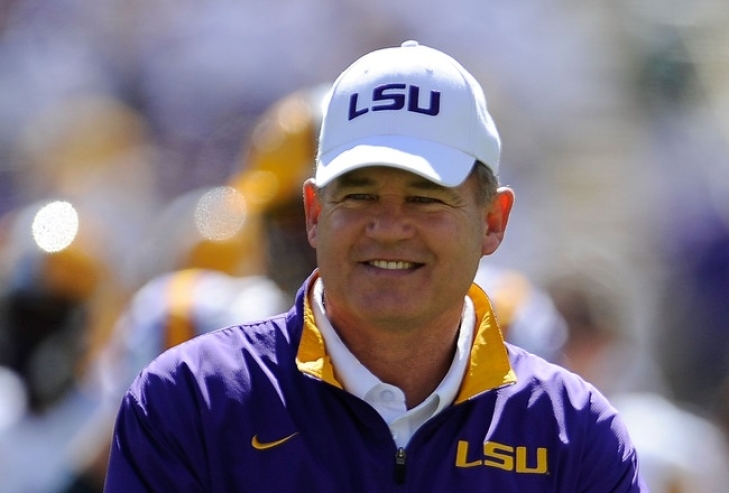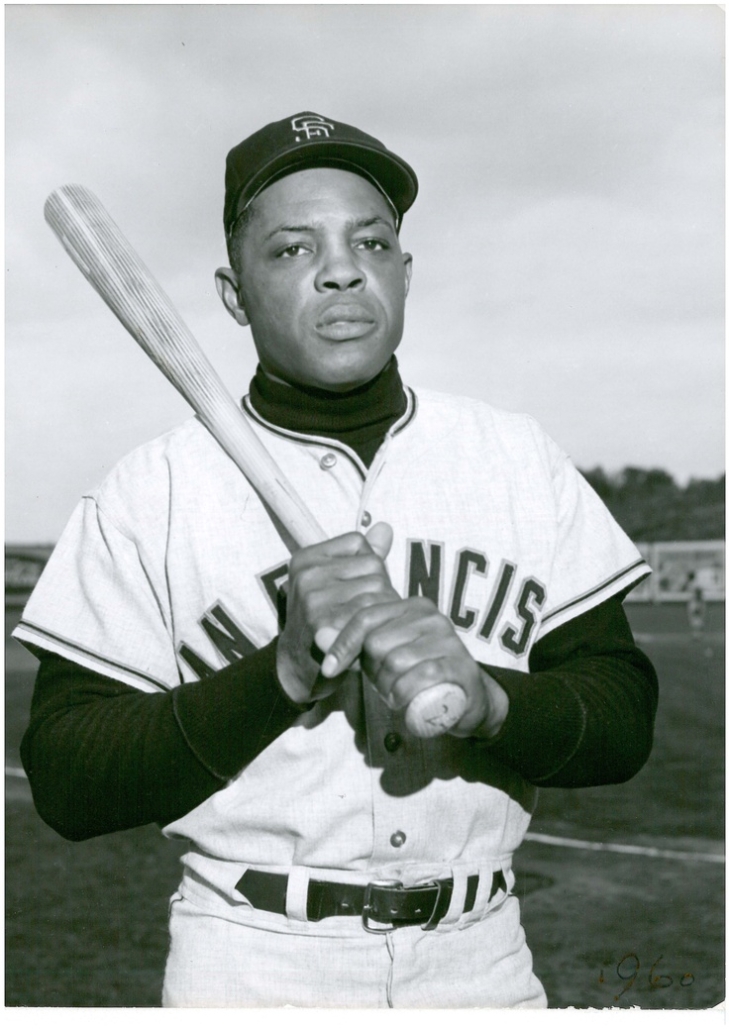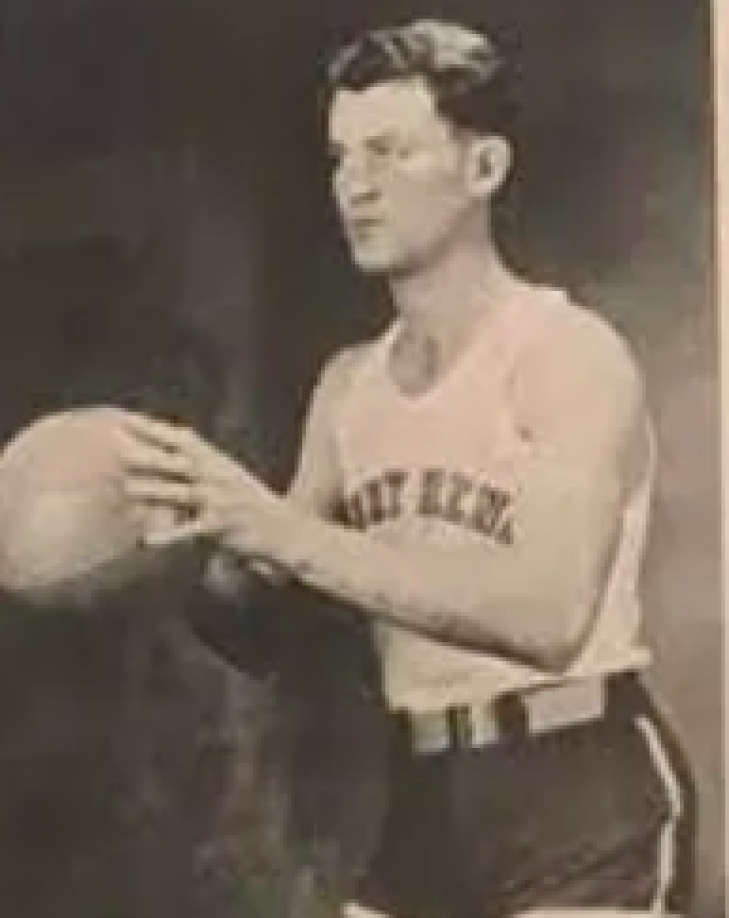
Committee Chairman
Greatest NFL Players of All Time
When it comes to identifying the greatest NFL players of all time, the task is both exhilarating and challenging. The National Football League (NFL), rich with a century’s worth of history, has seen countless exceptional athletes who have pushed the boundaries of what’s possible on the gridiron. From legendary quarterbacks to unstoppable running backs and defensive titans, these players have left indelible marks on the sport and continue to inspire future generations.
Quarterbacks: The Commanders of the Field
Tom Brady is arguably the most iconic quarterback in NFL history. With seven Super Bowl rings to his name, Brady has set records too numerous to count. His leadership, poise under pressure, and longevity—plus the memorable 28-3 Super Bowl comeback against the Atlanta Falcons—cement his status as one of the greatest.
Joe Montana, another legendary name, earned the moniker "Joe Cool" for his ability to remain calm and deliver in clutch situations. Winning four Super Bowls with the San Francisco 49ers, Montana's perfect combination of physical skill and mental toughness make him a beacon of excellence in NFL lore.
For fans interested in exploring other realms of excitement beyond the NFL, the world of online sports betting offers a thrilling alternative. Platforms like 1xbet Chinese provide an opportunity to engage with a variety of sports and events, adding another layer of excitement to the sports-watching experience.
Running Backs: Powerhouses on the Move
Jim Brown, often cited as the greatest running back of all time, dominated defenses during his career with the Cleveland Browns. Brown led the league in rushing yards eight times in nine seasons and retired with an average of 5.2 yards per carry, an impressive feat that speaks to his power, agility, and vision on the field.
Barry Sanders, known for his breathtaking agility and balance, provided endless highlight-reel runs during his tenure with the Detroit Lions. Despite playing behind mediocre offensive lines, Sanders amassed over 15,000 rushing yards in just ten seasons. His decision to retire at the peak of his career remains one of the most surprising in NFL history.
Wide Receivers: Masters of the Air
Jerry Rice is often heralded as the greatest wide receiver ever and, by some accounts, the greatest player in NFL history. Holding records for receptions, yards, and touchdowns, among others, Rice’s work ethic and ability to perform in crucial moments—like his three Super Bowl titles—are unmatched.
Randy Moss also brought a unique combination of size, speed, and hands to the equation. "The Freak," as he was affectionately known, revolutionized the deep pass and recorded some of the most outstanding single-season performances, including 23 touchdown receptions in 2007.
Defensive Giants: The Iron Curtain
Lawrence Taylor, an outside linebacker for the New York Giants, redefined defensive play in the NFL. His speed, strength, and relentless pursuit earned him two Super Bowl rings and an MVP award—a rarity for defensive players. Taylor's ability to disrupt offenses was so profound that he often forced coaches to alter their game plans entirely.
Reggie White, affectionately known as "The Minister of Defense," was a dominant force at the defensive end. White finished his career with 198 sacks, a testament to his extraordinary power and technique. His leadership both on and off the field was instrumental in leading the Green Bay Packers to a Super Bowl victory in 1997.
Fun Facts and Curiosities
Did you know that Jerry Rice once caught a football dropped from a 10-story building? The legendary receiver's impeccable hand-eye coordination and reflexes were evident even in unconventional settings.
Meanwhile, Tom Brady was famously drafted 199th overall in the 2000 NFL Draft. This underdog journey from sixth-round pick to seven-time Super Bowl champion underscores the unpredictable and inspiring nature of sports.
Conclusion
Debating the greatest NFL players of all time is a conversation that blends nostalgia, personal bias, and objective analysis. It’s a testament to how rich and varied the sport's history is. Whether you're a fan of the old-school legends or the modern marvels, the NFL's greatest players have provided endless excitement and inspiration. As long as football is played, new stars will rise, and the debate over the greatest will continue, keeping the spirit of the game alive and thriving.
Les Miles sues LSU over vacated wins costing him College Football Hall of Fame omission
We have some College Football Hall of Fame drama to discuss.
For a coach to make the hall, he has to have a winning percentage of .600. Les Miles, who coached LSU from 2005 to 2016, is suing LSU, stating that the school’s decision to vacate 37 wins from 2012-15 removed from Hall of Fame consideration. The vacated wins dropped his winning percentage to .597.
The vacated wins occurred when an NCAA investigation uncovered a Level I recruiting violation. Specifically, in 2012, an LSU representative paid a prospective athlete’s father $180,150 over a five-year period.
Miles, who led LSU to a National Championship in 2007, was also the AP Coach of the Year in 2011. He also coached Oklahoma State (2001-04) and Kansas (2019-20).
RIP: Willie Mays
The word legend doesn’t cut it.
Willie Mays, one of the greatest baseball players who ever lived, died at the age of 93.
Willie Mays played two years with Birmingham of the Negro Leagues before he signed with the New York Giants, and it would not take long before the “Say Hey Kid” became the face of the franchise.
Mays could do it all. When they speak of five-tool baseball players, Mays is the literal definition. He had it all. Mays had the power, the speed, the glove, the arm, and the average. There was nothing that he could not do, and that wasn't the case just for a year or two; Mays had those skills for most of his career. Mays could very well be the most complete baseball player that ever lived.
Debuting for the Giants in 1951, Mays won the Rookie of the Year and was the spark plug for the team that shocked the world by coming from 13.5 Games behind in August to win the Pennant. New York didn’t win the World Series, but they had a star on the rise, but military service kept him out of 1953 and most of 1952. When he returned, he staked a claim as baseball’s top dog.
Mays won the Batting Title, 1954 MVP, and led New York to a World Series Championship. Although 1954 was his only World Series win, his individual greatness was cemented in every facet of the sport. He went to his first All-Star Game and would be invited every year until 1971.
Mays had the perfect eye at the plate. He batted over .300 nine times and drew Walks, netting an OBP over .400 five times and winning two OBP Titles. The Power game with Mays was also one of the best ever. Mays won four Home Run Titles, blasting 646 of 600 career Home Runs with the Giants. Mays never won an RBI Title but had at least 100 in a season ten times with 1,909 overall as a Giant. An MVP again in 1965, Mays had six more top-five MVP finishes.
Speed was another one of Mays's calling cards. He led the NL in Stolen Bases four years in a row (1956-59) with 336 as a Giant. Mays was also one of the game's top defensive players, having not only made the 1954 over-the-head catch in Game 1 of the World Series but continuing to dominate on the field. He led the NL in Defensive bWAR in 1954 and was in the top ten seven other times. He also was a three-time leader in Total Zone Runs.
Mays was traded to the New York Mets during the 1972 Season, where he unceremoniously ended his career, though he did help them win the 1973 Pennant. He is still the all-time Giants leader in bWAR (154.5), Offensive bWAR (134.8), Runs Scored (2,011), Hits (3,187), and Home Runs (646).
Mays was inducted into the Baseball Hall of Fame in 1979, his first year on the ballot. San Francisco retired his number 24 in 1972 while he was still an active player, and he was later an inaugural member of the Giants Wall of Fame in 2008. He was also chosen for our inaugural United States Athletics Hall of Fame.
We here at Notinhalloffame.com would like to extend our condolences to the fans, family, and friends of Willie Mays.
.
111. Glenn Roberts
Here is another candidate where we have to go way back in the time machine, so much so that we predate the NBA by years.
Playing his college ball at Emory and Henry, Glenn Roberts was a one-man scoring factory posting numbers that were unheard of at the time. Playing college ball from 1931 to 1935, Roberts averaged 19.4 Points per Game, which may not sound like it is elite, but remember the following:
There was no shot clock.
It was rare for a winning team to score 35 Points.
After every basket, the ball was placed back at center court, eating time off the clock as it continued to run.
Yeah, pretty impressive.
Let’s throw in something else: Roberts is credited with creating (or at least being the first player to popularize) the jump shot, which shows his fingerprints all over the modern game.
Roberts would later play in the NBL, winning a championship with Akron in 1939, but this league was primarily forgotten, as were his college accomplishments. Had it been for a higher-profile school, he may have been inducted already, but history still needs to be rewritten.





